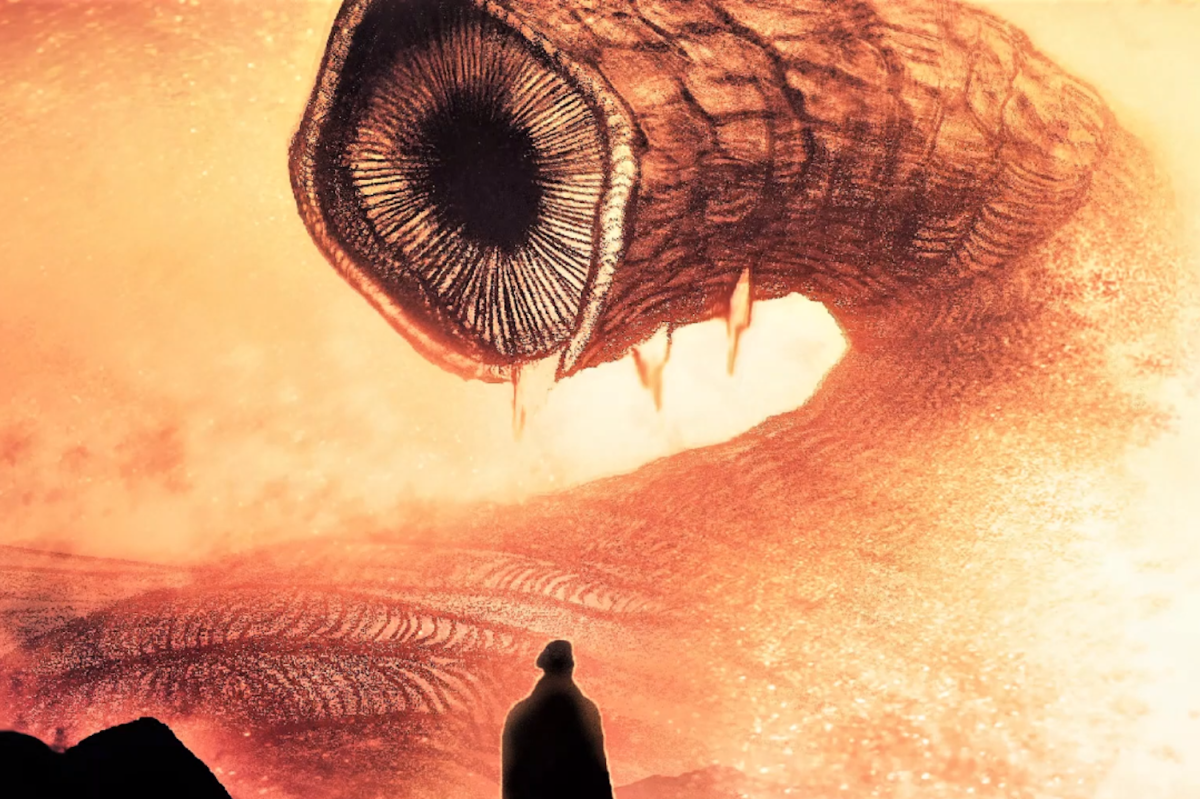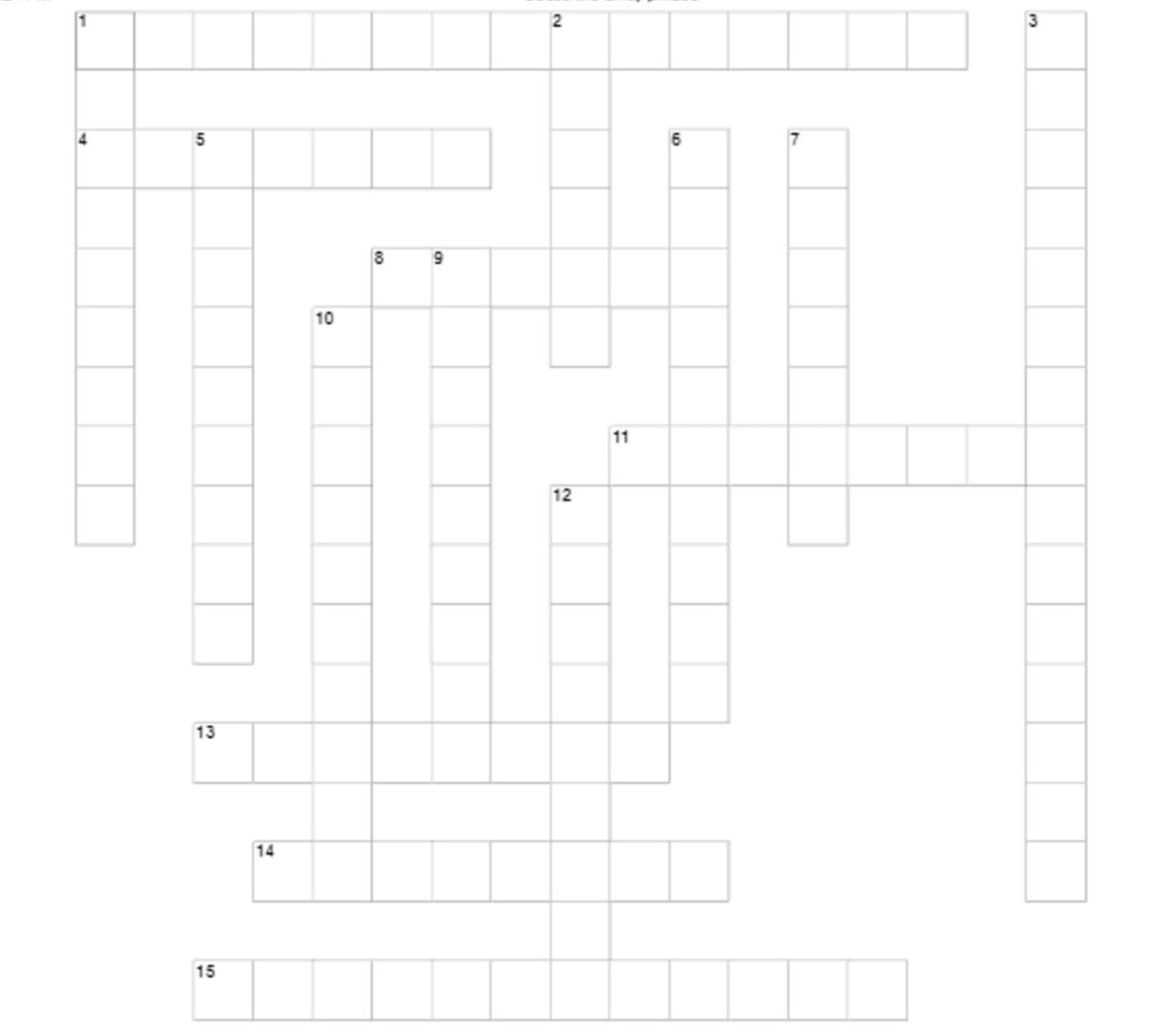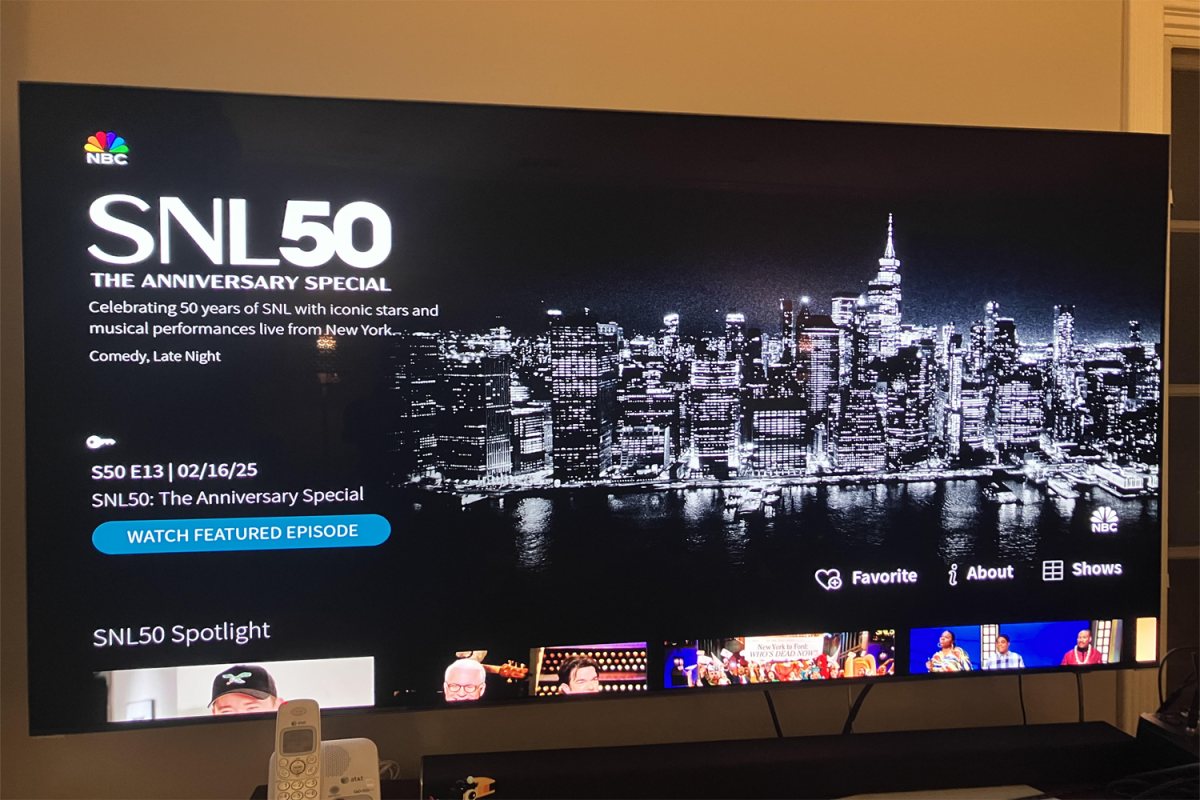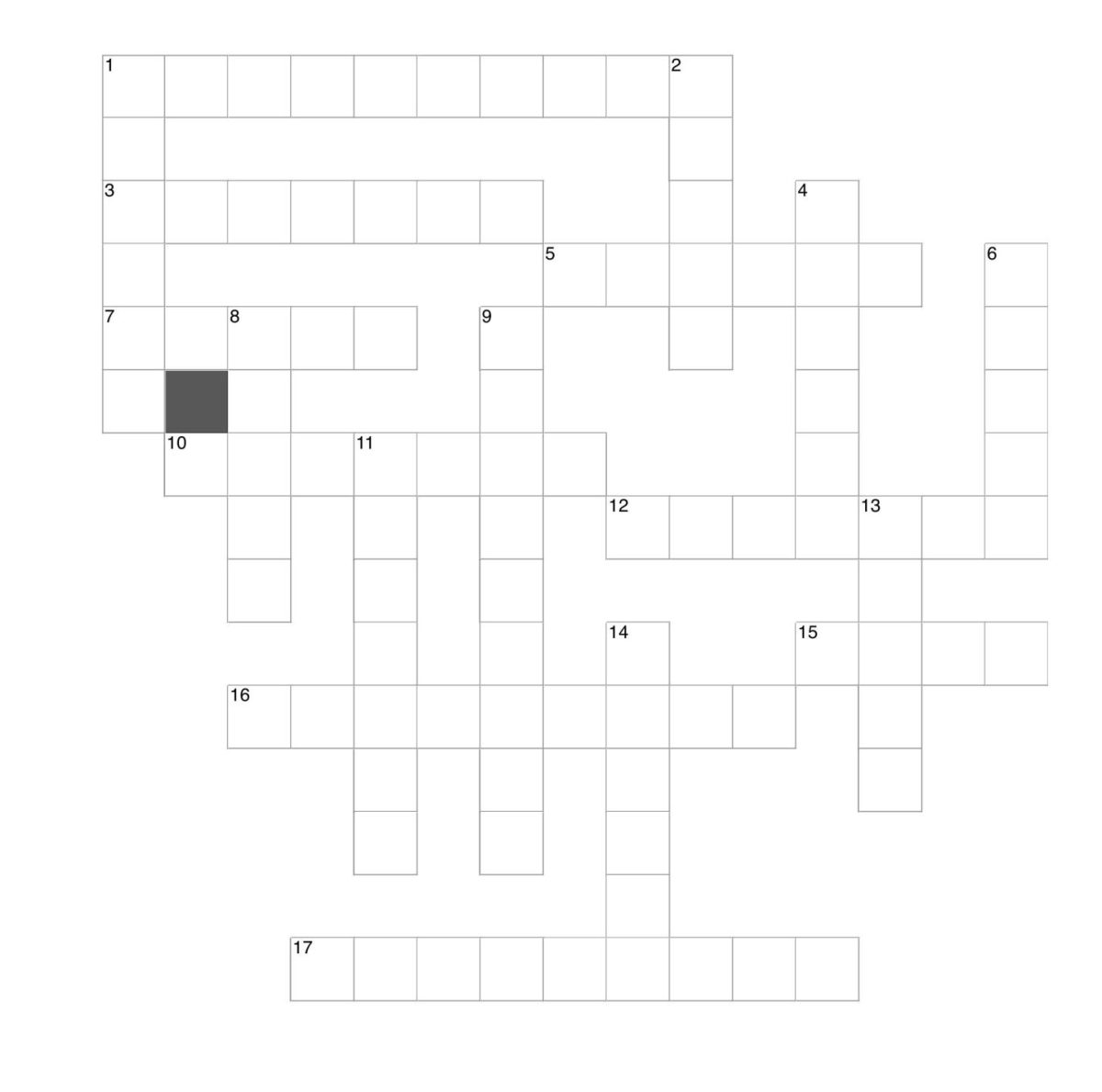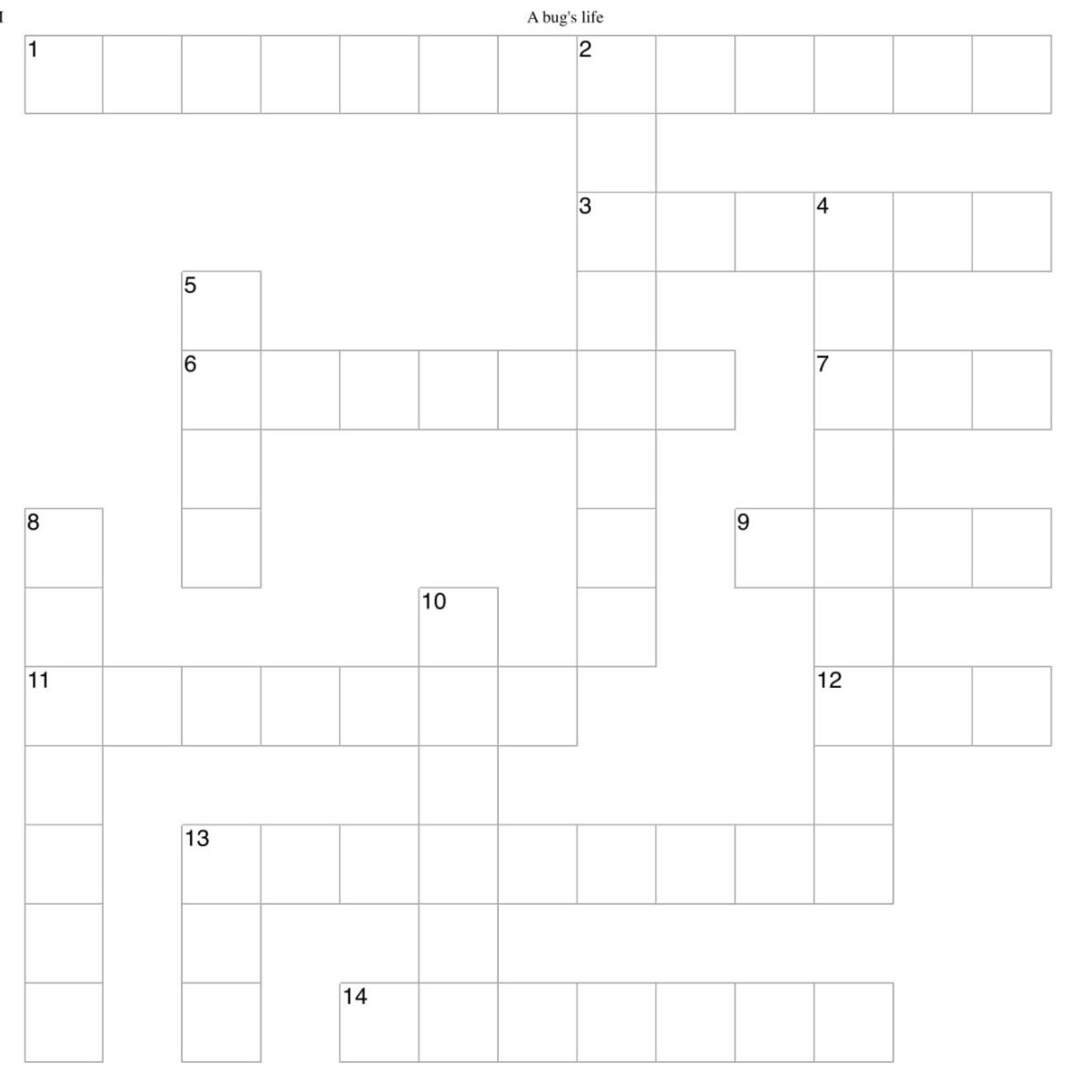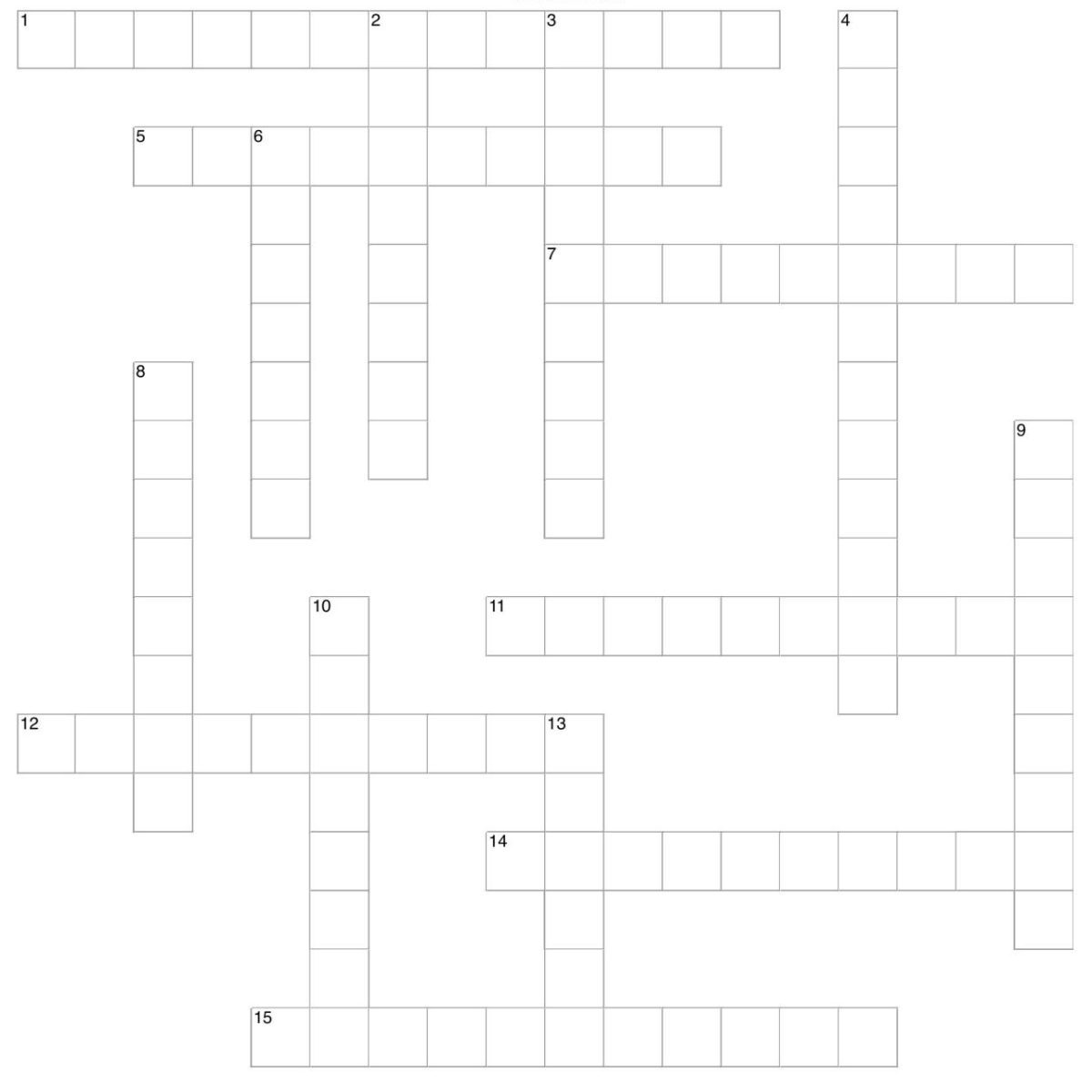Gusts of sand swoosh over the colossal dunes, expanding endlessly into the distance. Interspersed within the sand mountains lay rock formations that serve as a home to the Fremen, the native people of the planet. Beneath the gritty changing floor of the desert lay the sandworms, gigantic creatures that burrow under the sand and come up to the surface when they hear rhythmic sounds, growing to a size 400 meters long, — the size of four football fields — according to Frank Herbert in his book, “Dune.”
“Dune: Part Two,” the sequel to the book-based movie series, was released in the United States in March. It featured A-list actors such as Timothée Chalamet as Paul Atreides and Zendaya as Chani. The movie, lasting 2 hours and 46 minutes, features the rise of a Messiah, the gathering of an army, and several duels to the death. The Sci-fi and Adventure movie received a 93% on Rotten Tomatoes.
“I think the actors played their characters well, especially that of Paul Atreides and Chani. You could tell every emotion they had, highlighting their character progression,” said Ella Henderson, a sophomore at Carlmont who watched the movie.
“Dune: Part One” was released in 2021. Despite the time gap, the movie’s smooth transition illuminated its continuous storyline.
“They did a great job of making it one long story. I think where they left off from the original Dune movie was a perfect cliffhanger, and where they continued showed more input and context as to how this life on Dune is set up, and you got to see the emperor and other parts in the second movie,” Henderson said. “I think it flowed well despite having a gap between the two movies’ release dates.”
Many people, however, don’t believe the movies stayed completely true to the initial story published in 1965. Herbert goes more in-depth within the book than the movie, elaborating more on the religion, ecology, and political situation set about by the demand for the “spice,” a substance found solely on the planet Dune which is used for interplanetary travel and acts as the primary source of strife within the storyline.
This results in the omission of specific plot points and crucial details from the movie.
“The movies weren’t as accurate to the books as I wanted them to be; they changed the timeline and omitted some of the characters from the books I liked. I don’t know if it affected the story, but it affected how I liked the movie because they missed out on some pretty fun character interactions. I think those other characters and their interactions with Paul would have brought his character more dimension because there wasn’t a lot of characterization within the movie,” said Mya Green, a Carlmont student who read the Dune books.
Overall, “Dune: Part Two” proves to be a captivating movie for many people.
“I thought it was a cool movie that did not feel as long as it was,” said Gabriel Rui, a Carlmont junior.

